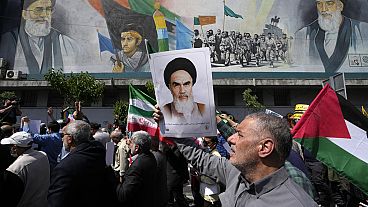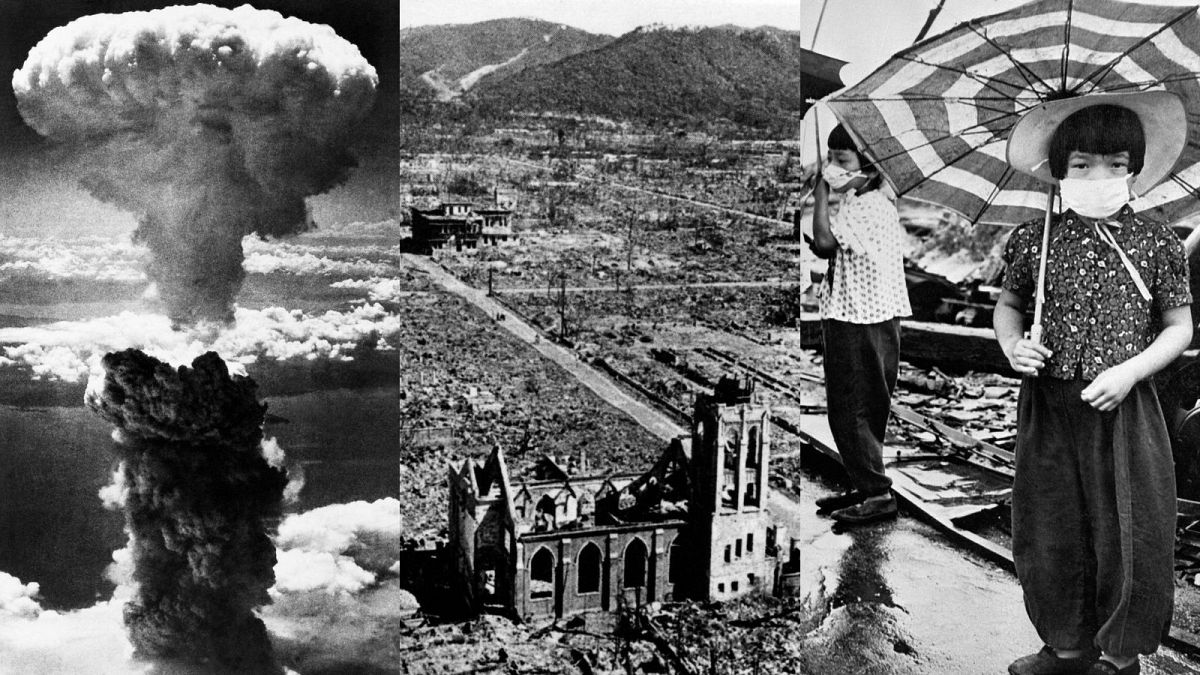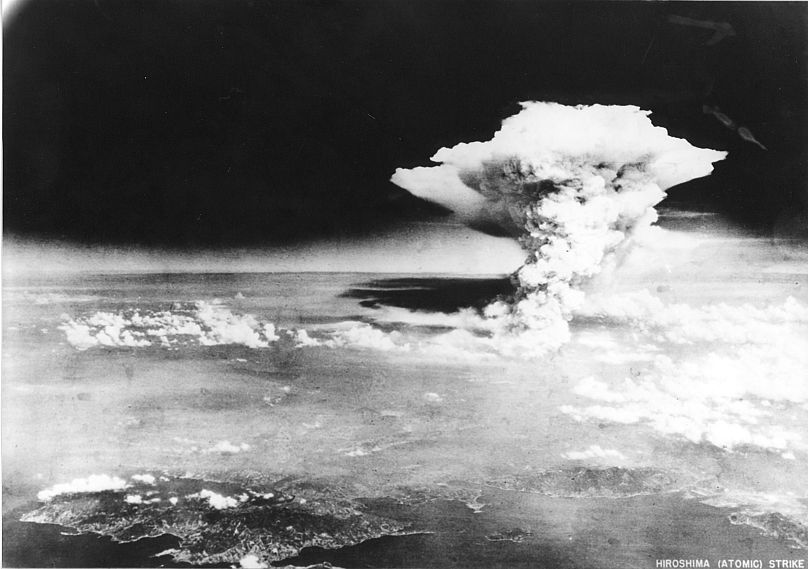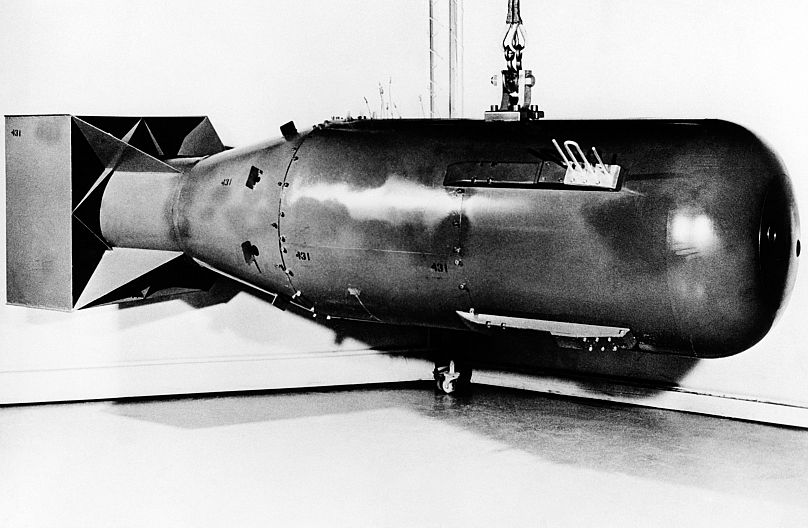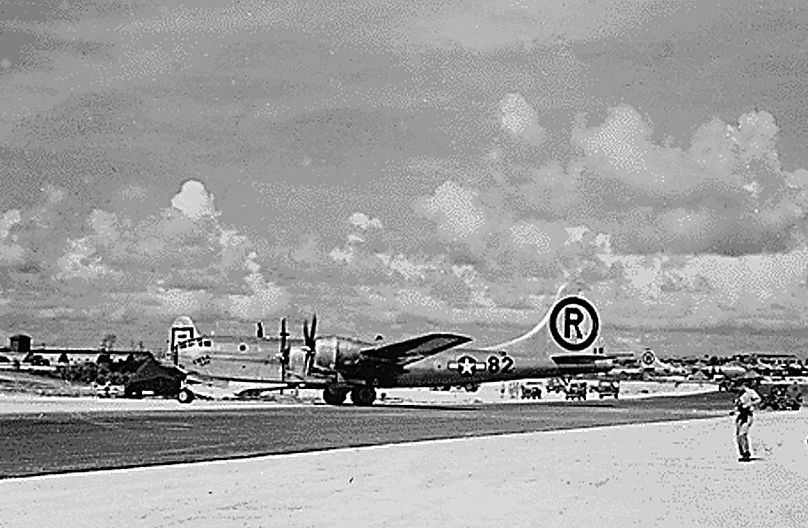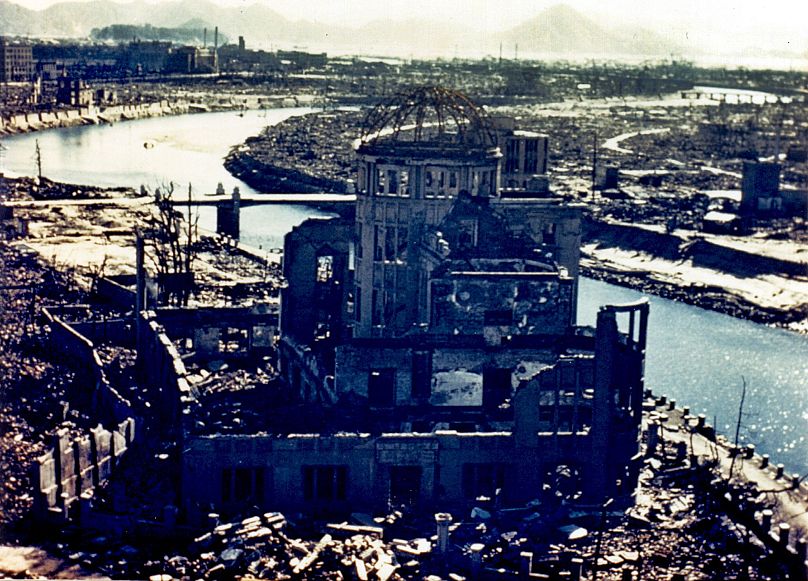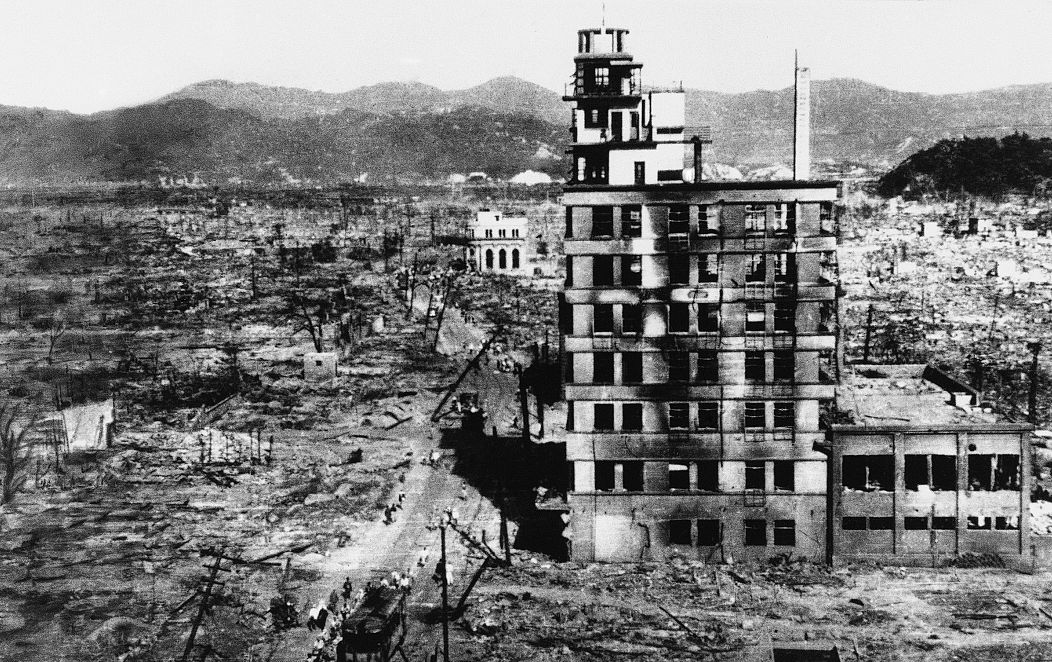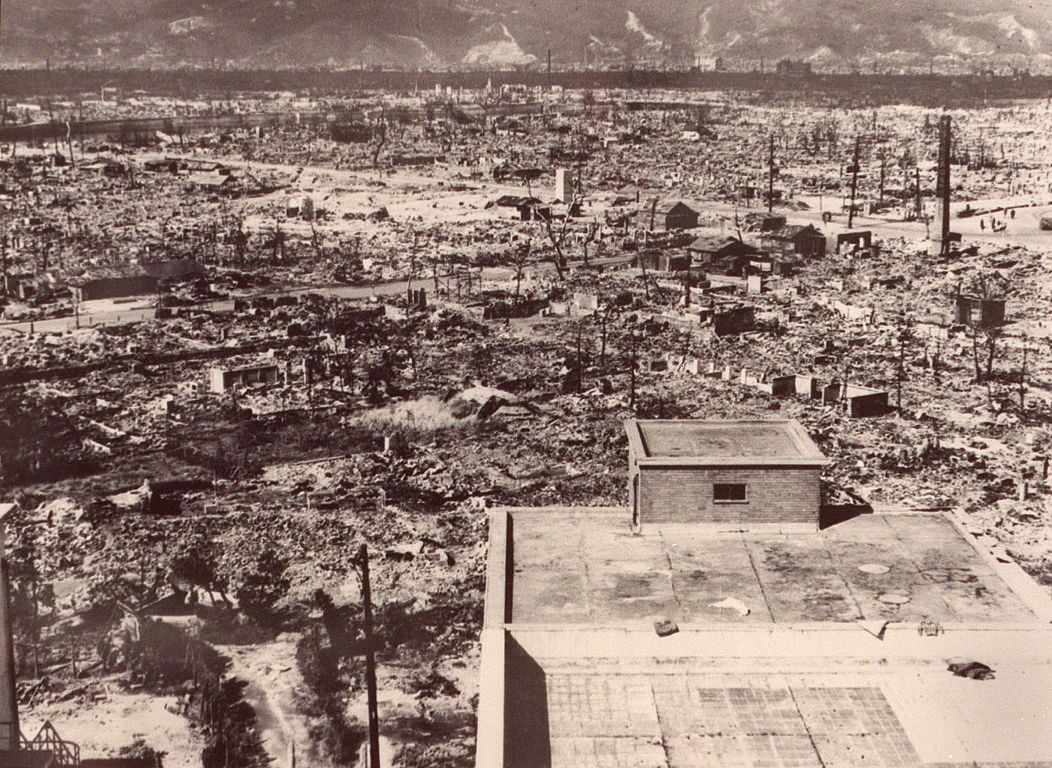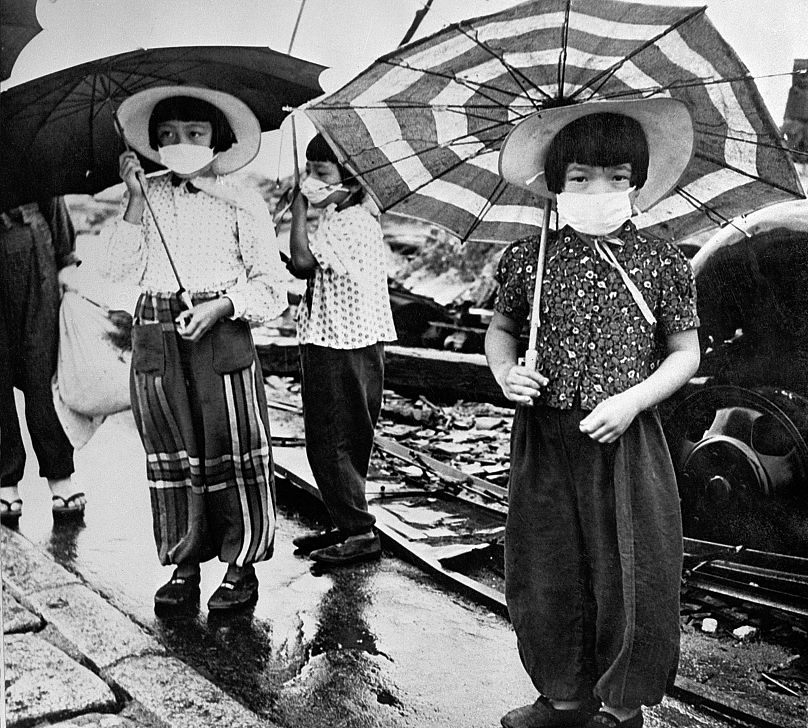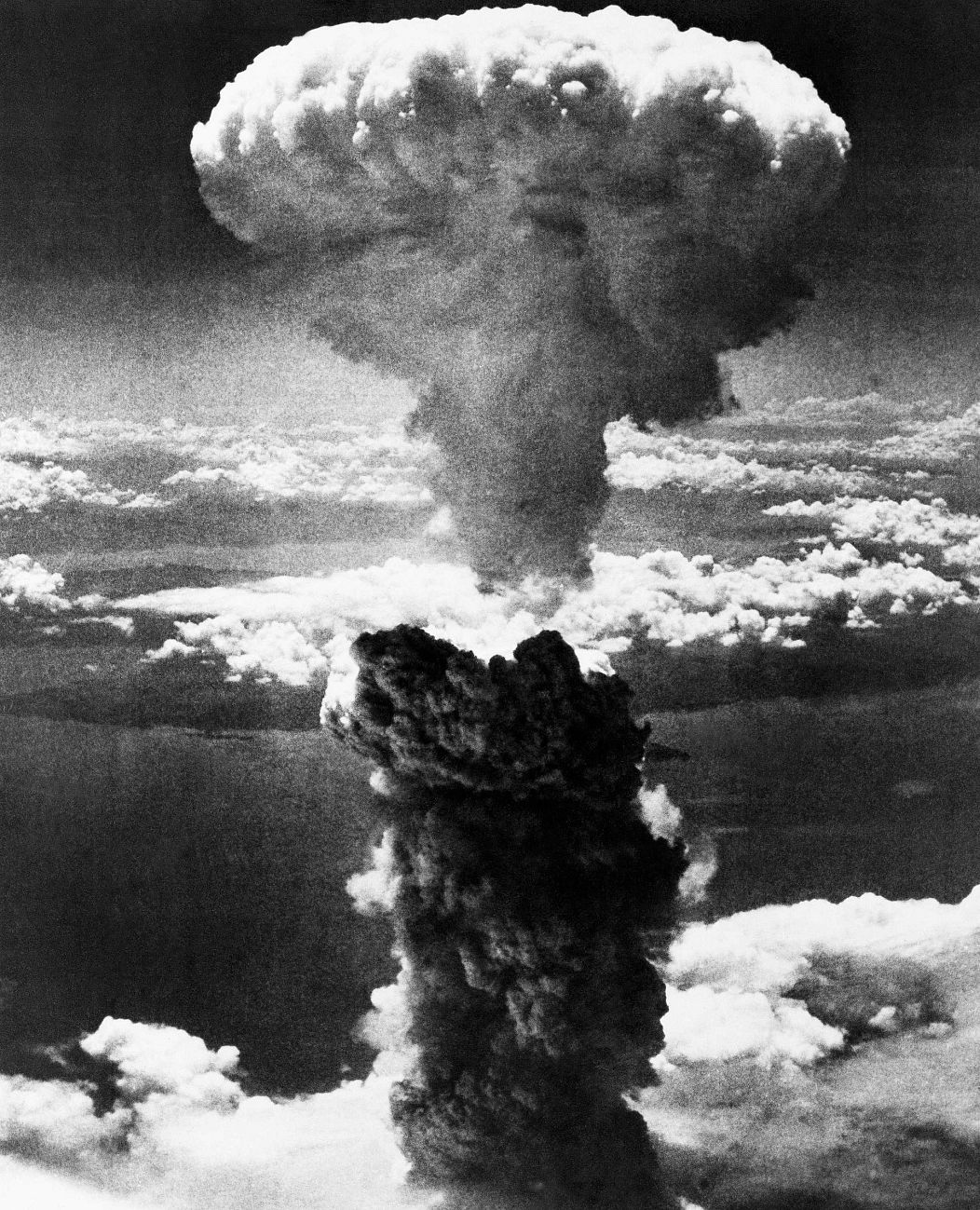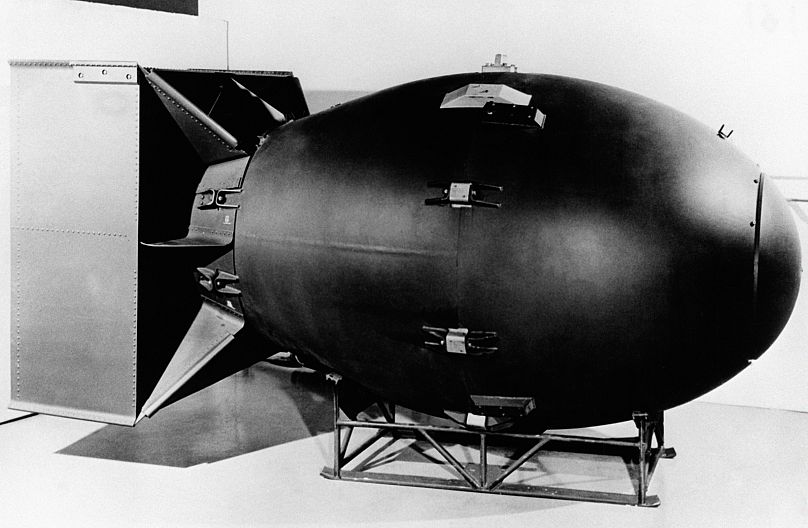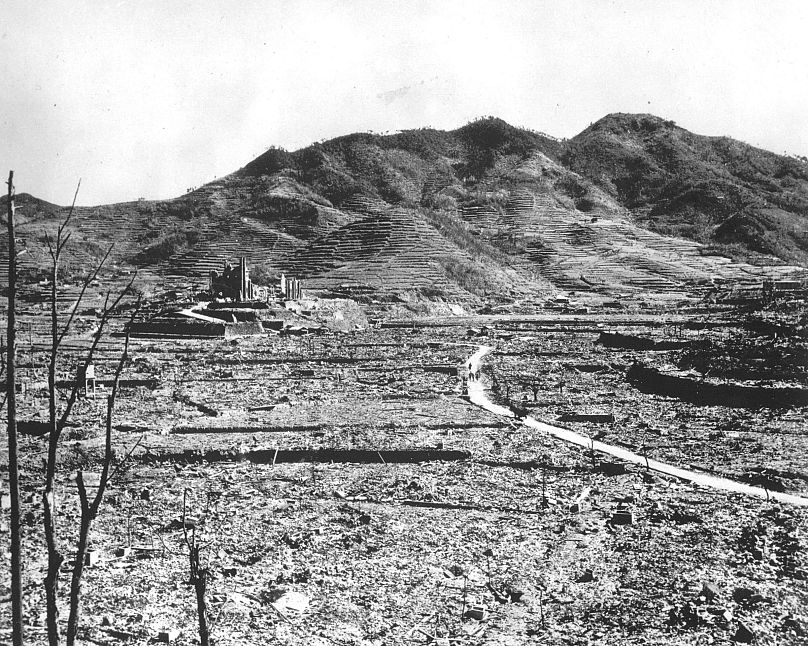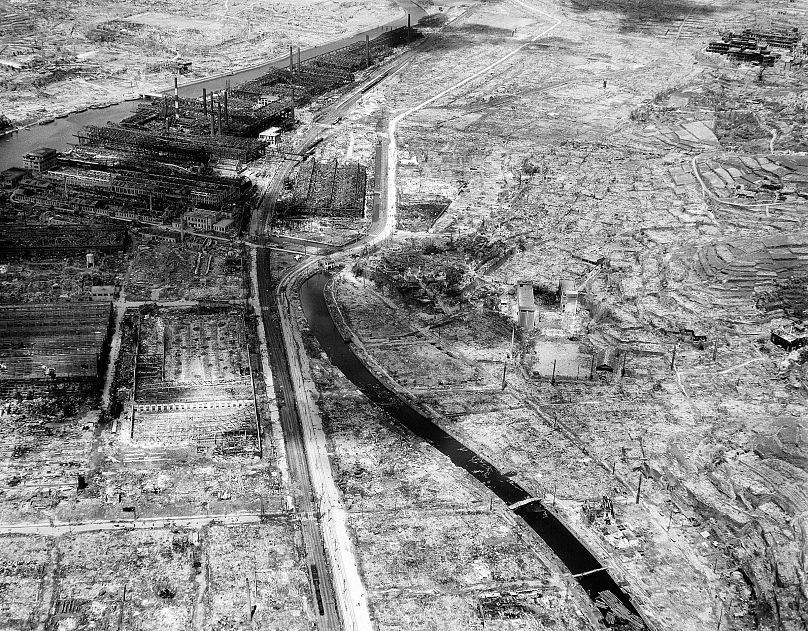A selection of archive photographs reveals the scale of devastation in Hiroshima and Nagasaki after nuclear attacks in 1945
Japan on Thursday marked 75 years since the Hiroshima and Nagasaki nuclear attacks. Atomic bombs were dropped on the cities on August 6 and 9, 1945, almost completely destroying them. Between 130,000 and 226,000 people — mostly civilians — lost their lives.
These archive photographs show the scale of the devastation the nuclear weapons caused.
Use the slider tool below to compare the photographs of Hiroshima before and after the atomic bomb was dropped by the US Air Force.
Drag the slider across the image below to see photographs taken before and after an atomic bomb was dropped on the city of Hiroshima.
